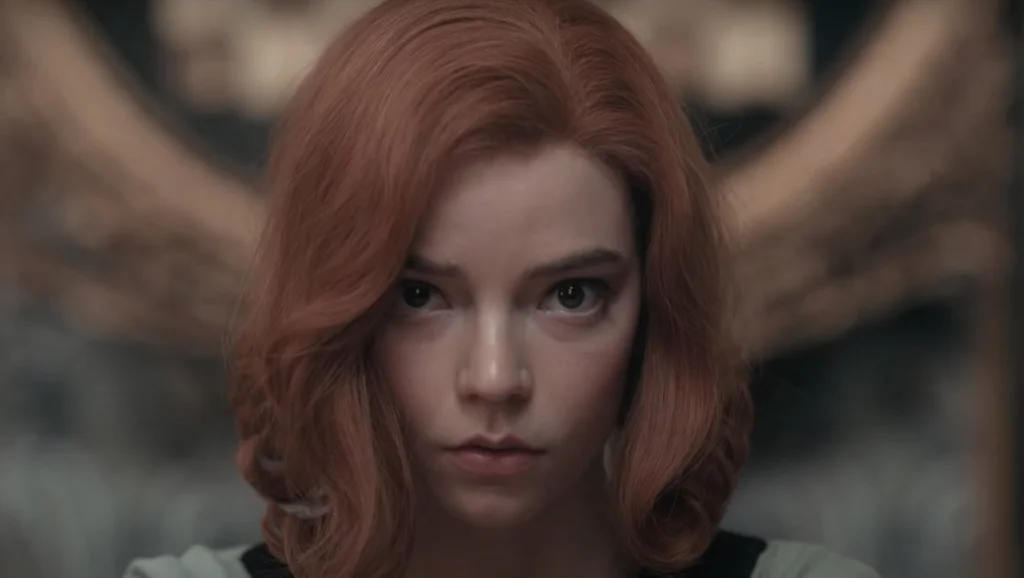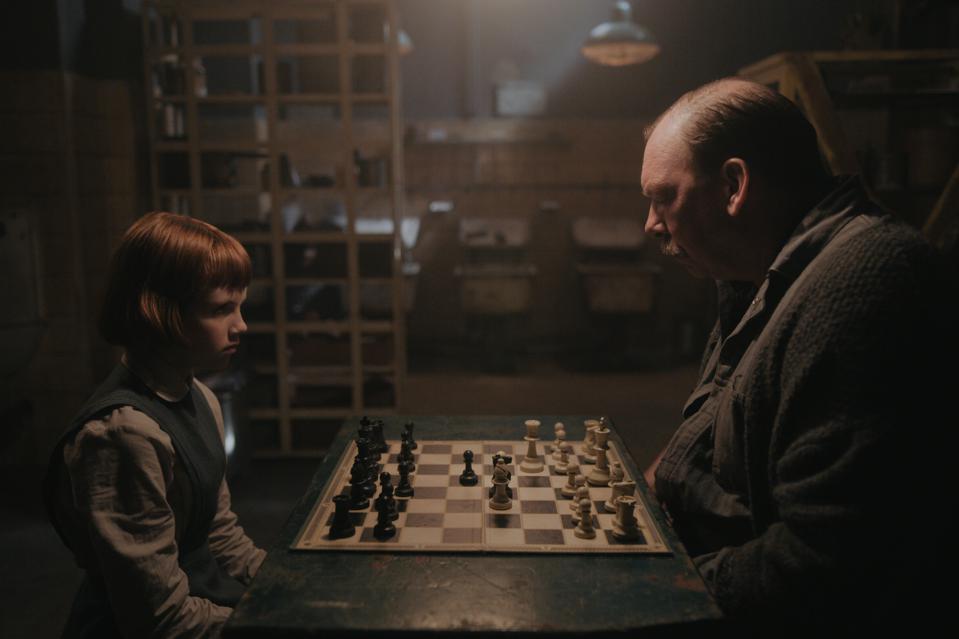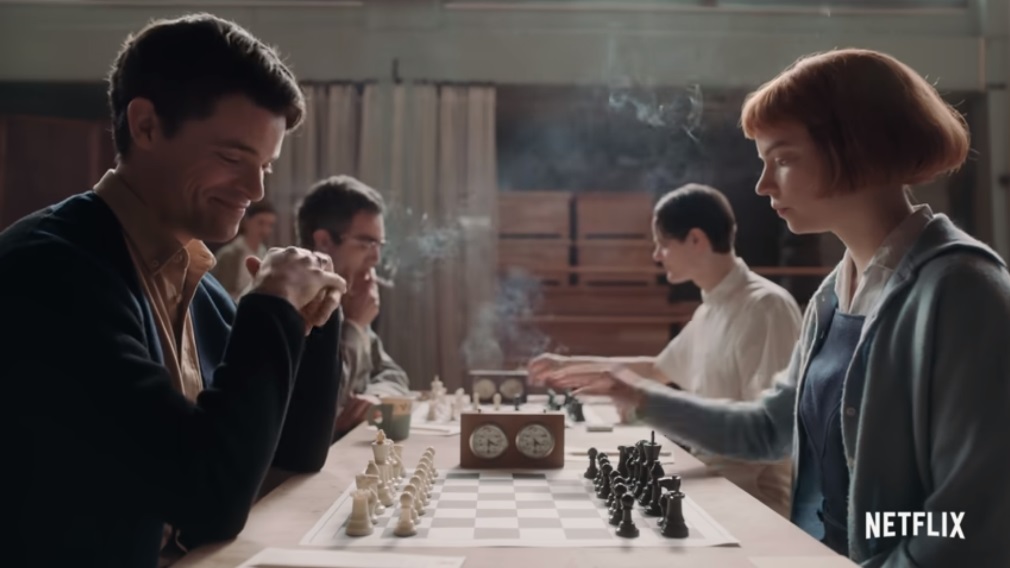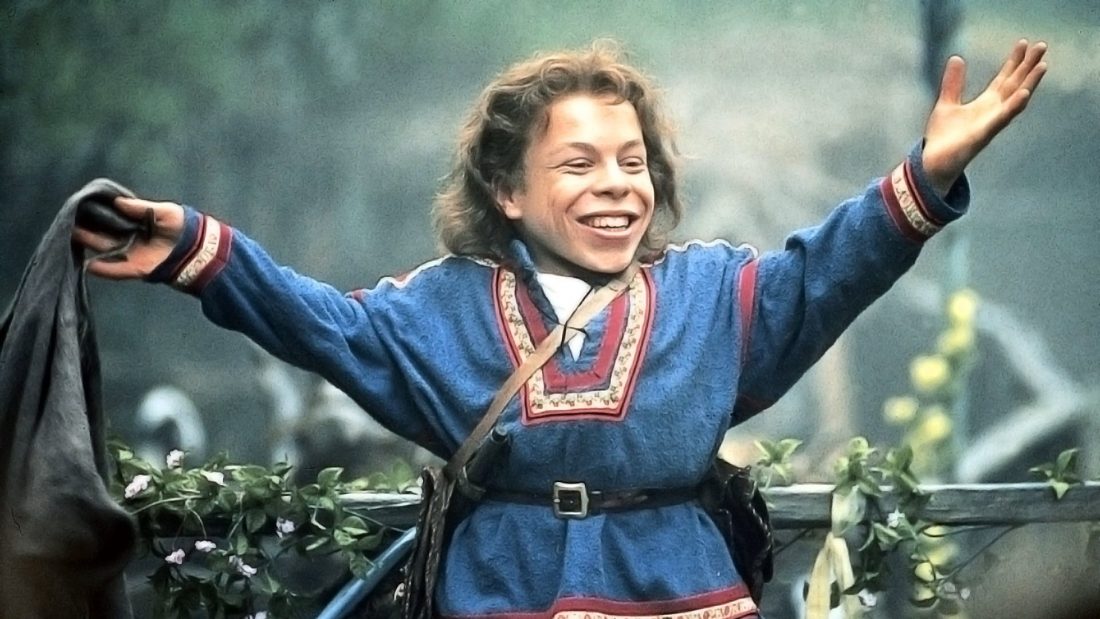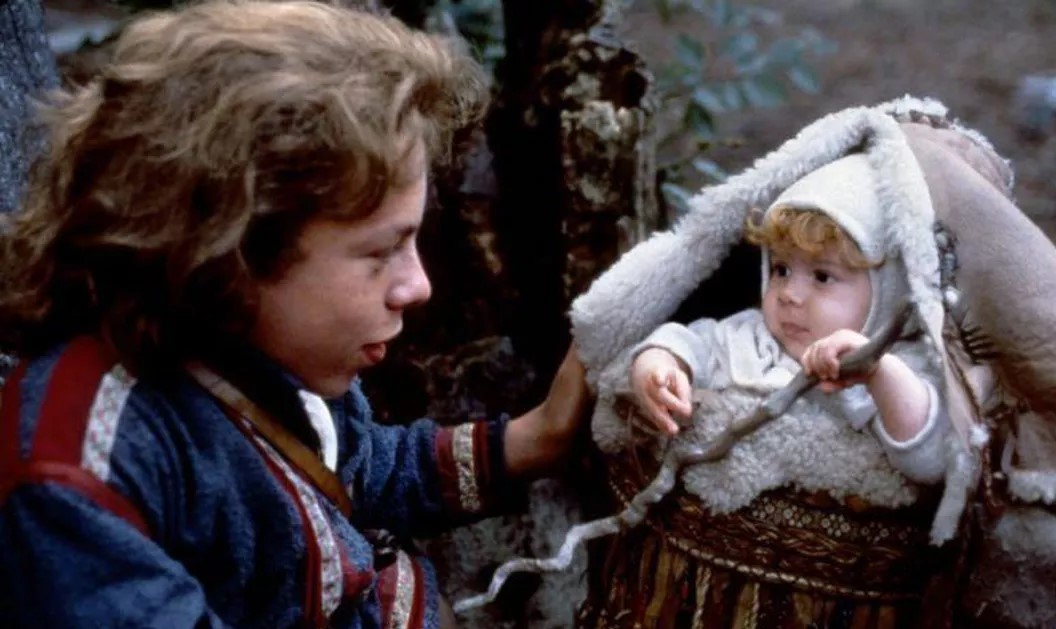Article inspired by this thread (screencaps below), among other things. I’ve been wanting to write something about this for a while. Nothing like a blog post to make you feel productive when you’re stuck on your second book.


In prepping for my book launch, I ordered proof copies of my paperback and distributed them to various friends and family to help with last-minute typo checks. Much to my chagrin, not one, but three people flipped to the back and read the author’s notes first (who does that?!). I purposely put it at the back because I wanted people to experience the story and characters without their preconceptions of autism.
Two of my family members disliked the author notes, saying they felt unnecessary and overly apologetic. One person said that by labeling the characters, I was constraining my creativity and preventing myself from being able to change them later.
I should mention that both of these people are cis white men. One of them is neurodiverse, but doesn’t really see it as a core part of his identity. They’ve grown up seeing themselves in every form of media.
I haven’t.
I grew up feeling distinctly at odds with the characters who were supposed to represent me on screen—girls who needed boys to save them, girls who were scared of snakes and lizards, girls who weren’t allowed to go on adventures. I idolized Peter Pan and hated Wendy. I’m not trans, but it certainly made me have a disconnect from my gender. To be female was to be without options.
As I got older, I sometimes glimpsed a character I identified with, but they were usually played for laughs, in a “can you believe how weird this person is?” kind of way. I occasionally saw myself in the nerd archetypes, but they were always male and typically misogynistic. Female nerds only existed to go through the dramatic makeover arc—ugly outcast to pretty princess.
There were no one characters who acted like me and were female and were accepted. And nothing was labeled. I didn’t know about autism or anxiety or sensory processing disorder or gender fluidity or any sexuality besides gay and straight. I was given labels of my own, though: weird, shy, quiet, rude, bossy, loud.
It’s a special kind of hell growing up different, knowing you’re different, but not knowing why. No one else seemed to be as sensitive to sound or touch or texture, so I just didn’t talk about it for fear of coming off even more weird. My family made accommodations because they loved and accepted me, but strangers made a point of pushing my buttons. I tried not to give them any more ammo.
I was in my mid-thirties before my son was diagnosed and I learned what autism really looked like. Before then I only knew about the condition peripherally. I knew someone with an autistic kid, but he was whisked away from playgroup after his diagnosis and put in intensive ABA therapy. I knew about it from a Bruce Willis movie, Mercury Rising, but only remembered one line (something like, “Autism, what’s that mean? Nothing gets through?” “No, it means everything gets through.”). I’d seen Rain Man, but didn’t know it was about autism and certainly didn’t recognize myself in the character.
It would have been nice to see characters like me presented in an authentic way and have them labeled as such. Seeing myself could have led to earlier diagnosis. Instead, I fumbled my way into adulthood feeling broken and masking who I was for fear that no one outside my family would put up with the real me. I now have the words to describe by own experiences and advocate for myself.
Representation matters. It helps us feel seen. It helps others see us.
This is normalization and acceptance.
Unfortunately, representation for invisible conditions sucks. I don’t want to diminish the experiences of other marginalized groups because we all get shafted, but at least when a BIPOC walks on screen it’s somewhat obvious (which is why whitewashing and racebending are hot button issues in the first place). Invisible conditions/disabilities/sexualities don’t get that. LGBTQA people have to guess, unless it’s explicitly shown on screen (and even then, they have to deal with queer baiting). Autistics usually have to headcanon characters and get backlash from neurotypicals when we do, because a character that “functional” can’t possibly be autistic, right?
So why do creators leave us hanging? There are three main reasons:
They don’t know that’s what they’re writing.
Writers often use real people as inspiration for characters. Since so many adults are still undiagnosed, particularly women and BIPOC, it’s entirely possible that they don’t know that what they’re seeing is autism. Other writers may be using character tropes like the manic pixie dream girl, the quirky nerd, or the weird kid, which are heavily coded autistic.
They know exactly what they’re writing, but worry about getting it wrong and making people angry.
So they just don’t label it at all, even though everybody knows. It’s a way to maintain plausible deniability and deflect blame. This is how you get characters like Sheldon Cooper.
This is a self-fulfilling prophesy. The less representation there is, the better that representation needs to be. So much hinges on that one character because it’s all people may see. This is the crux of Hari Kondabolu’s argument in The Problem with Apu. When all people know is Rain Man, that’s how they think autism is. More characters spreads out the burden, because accurate representation no longer hinges on just a few iterations.
They know exactly what they’re writing, but the studio/publisher doesn’t want them to state it.
Kathy Reichs based the character Bones off an Aspie she knew. She has openly admitted this in interviews (I think it was this podcast), but stated that the network didn’t want to put a label on the character, cause god forbid you make a successful, awesome character autistic. I mean, people might get the idea that it’s not a tragedy.
Call me masochistic, but these days when I see a character I identify with, the first thing I do is frantically google to see if it was done intentionally. We all want to be seen, and validation from the creator gives us that. I fist pumped when Robert Kirkman gave a definitive yes in the comics regarding Eugene Porter. I also chickened out asking Mark Lawrence if Nona was autistic, instead asking about a minor, more clearly coded character from another series, out of fear he’d ruin my headcanon. It sucks when you want to know, but also you kinda don’t, because what if the creator says something unintentionally insulting, like “My character is too smart/capable/functional/awesome to be autistic. They’re just quirky.”
I don’t want to put other autistics through that. I know how much effort it takes to ask and how vulnerable it makes you feel. My author notes might not matter to most people, but it matters to me and it matters to people like me. I also hope it helps people see us as more than the Hollywood caricatures they’re used to. Maybe they’ll recognize someone they know. Maybe they’ll see that autism, while it comes with certain challenges, isn’t the tragedy they’ve been led to believe.
Hell, maybe they’ll recognize themselves.






